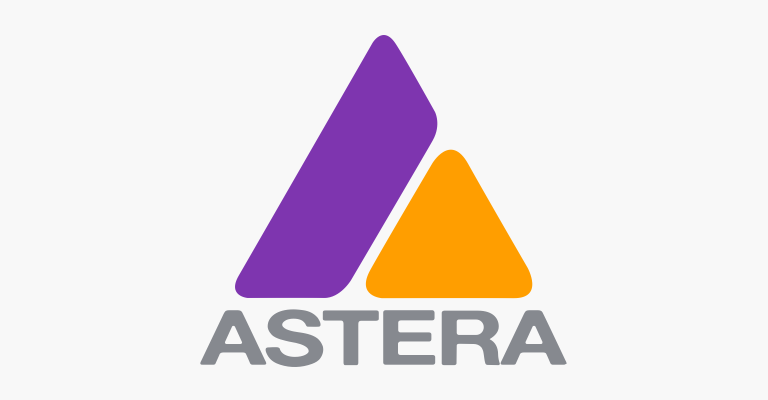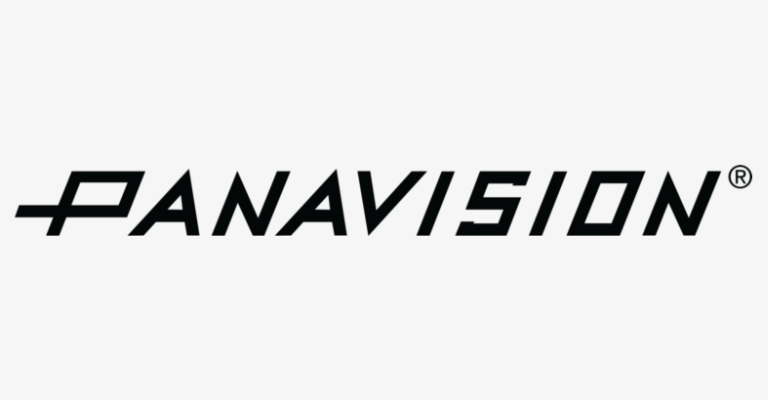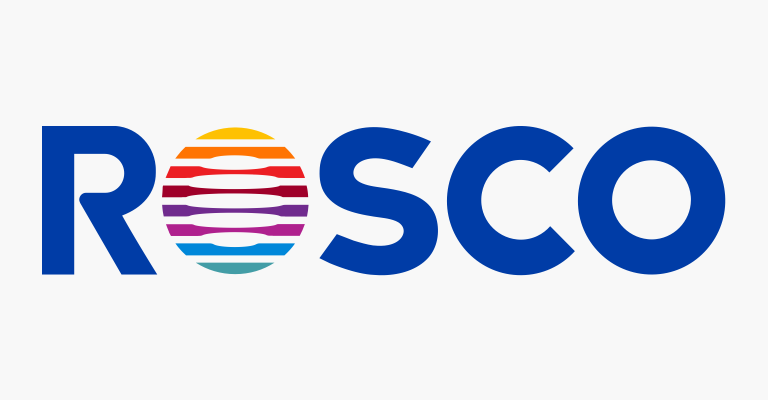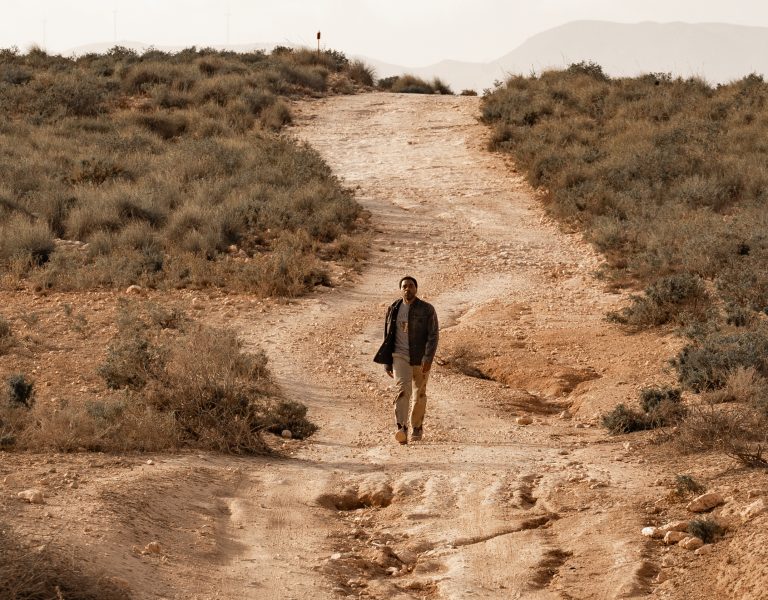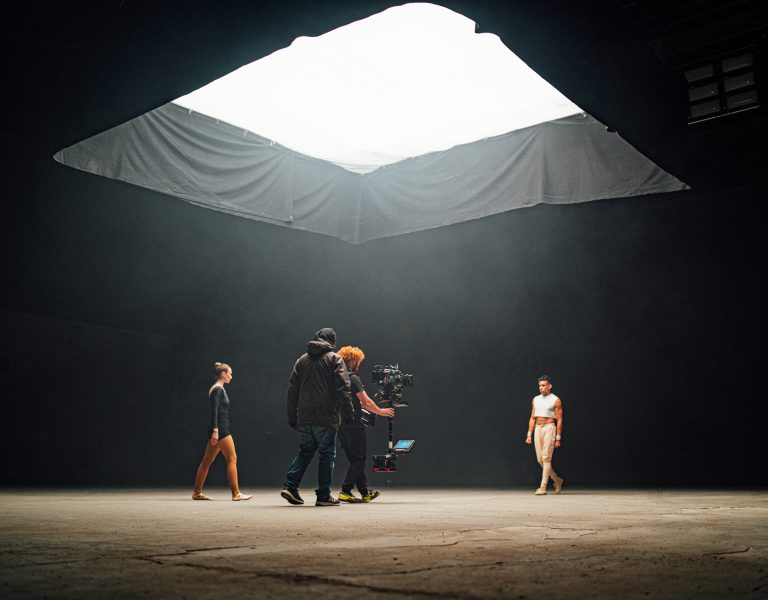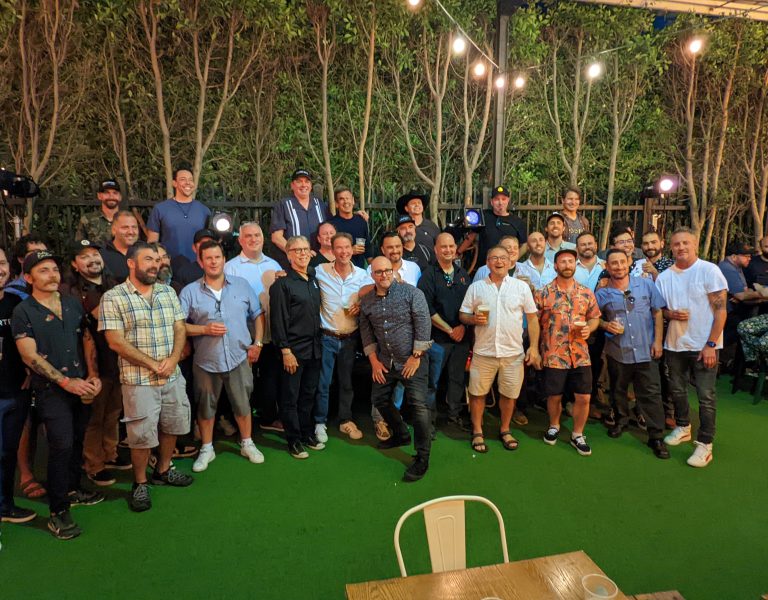LIGHT OF THE PARTY
Production name: The Afterparty S2
Production type: Television series
Cinematographer: Ross Riege
Gaffer/chief lighting technician: Cameron Smith
Director: Various
Overview of The Afterparty and your approach to lighting: The series is a ‘Rashomon’-style murder mystery, retelling the same sequence of events from a different character’s perspective on an episode-by-episode basis. Each episode has a specific visual genre and storytelling style attached to it, based on the character we are focused on. This is quite a dream as a cinematographer, because I was tasked with exploring a different visual style in each episode, as well as interweaving it with our ‘present-day’ look.
What made the collaboration between you and Cameron Smith so successful: I’ve worked with Cameron on a number of projects in the past but never to the granular degree required on The Afterparty. We talked in detail about the references I honed in on for each episode; the visual goal, and how to accomplish that. Not only was it critical to get those reference images commonly in our heads, but we were continually discussing the types of lighting equipment that would have been used in each particular genre, and what we were doing to replicate that, or use the same units in the same ways. There were defined colour palettes associated with each genre so that also influenced the choices we made, where we wanted RGB flexibility, and where we were using gels.
Lighting kit used: We rigged the stages primarily with tungsten and LED, with many practicals built into the sets, and our location package included Tungsten, LED and HMI units.
Lighting kit supplied by: Primarily Santa Clarita Studios (SCS) with a few supplements brought in separately.
Camera and lenses used: Sony Venice, detuned Panavision S35 Primos, Nikkor Telephotos, Primo Artiste 70s, expanded G & T series anamorphics, hand crank 35mm film camera.
Look you needed to achieve: We had to set a familiar present-day look that would play in every episode and provide a base to amplify the genre material we were set to explore: romcom, Jane Austen, film noir, Wes Anderson, heist, ‘90s erotic thriller, epic romance, found footage, Hitchcock three-strip Technicolor, campy horror, and cheesy soap opera.
Lighting equipment testing process: In prep we primarily focused on the first two genres we were scheduled to shoot: film noir and three-strip Technicolor. We designed a setup where we could have multiple units standing by, set levels and tone with them, and be able to cycle through them in different mixtures mid-take, so we could see multiple looks without having our talent step away.
Explanation of lighting techniques used: We had to take into consideration not only the filmmaking fads and styles of the era, but also the gags and gimmicks attached to each of these genres. There were focal points unique to each genre; for example, in the film noir episode we lit with hard sources from the exterior with little interior fill. We pushed edges up to 100% and beyond, and we used cookies and projection patterns as often as we could.
Lighting challenges faced: Like most things in television, the biggest challenge is time. We worked meticulously in prep and along the way to constantly have a plan of attack ahead of time, so that our time on set could be spent shooting as much as possible.
Trickiest location to light: All of the mansion exteriors on location. We were at a beautiful property but we were very limited with where we could place condors for night lighting, and access on lawns was very sensitive, so we had to get creative with placements and build the sun path into our schedule as much as possible.
Lighting lessons from The Afterparty: I’ve always been a firm believer that there are things to learn and grow from on set every day – and that was definitely true on The Afterparty.



